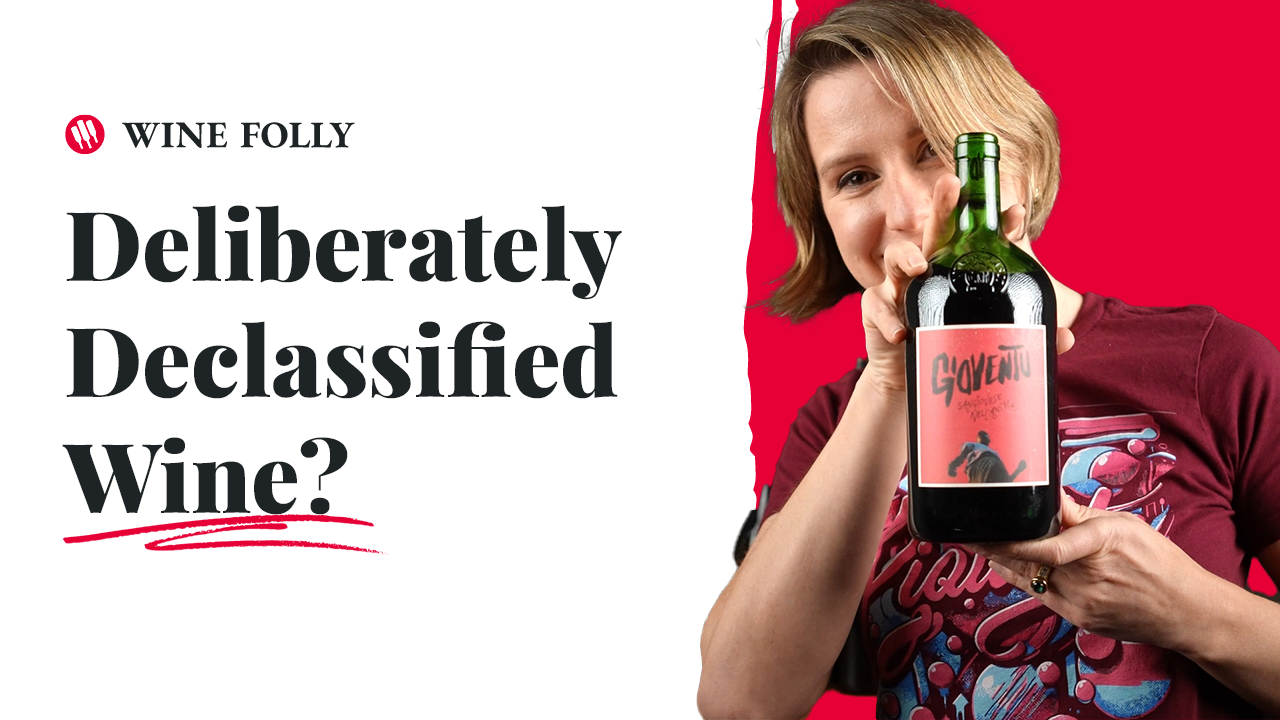Try This Chef’s Method to Beurre Blanc
Making Beurre Blanc is tricky because the acid in the wine (and temperature of the pan) can cause the butter to separate. So we asked Seattle chef, Michael Heaps, to show us his technique to making Beurre Blanc that won’t break.
Beurre Blanc Ingredients
- 2 teaspoons minced shallots
- 1-2 oz. (1/4 cup) white wine
- 1/2 cup unsalted butter cut into cubes (one stick)
- 1-2 Tablespoons of heavy cream (so sauce wont “break”)
- salt
- white pepper
- splash of canola oil (for sautéing shallots)
How to Make Beurre Blanc
Use a small pan at medium high heat. Coat the pan with a little oil and sauté the shallots. Gently release the flavors of the shallots in the pan without browning.
Next, pour in wine (about 1/4 cup–see this guide on selecting a great white wine for cooking) and reduce to just barely wet. Pour in cream and reduce until thick.
Pull pan from heat and add pats of butter while whisking the pan. Make sure that the temperature doesn’t get above 130° F as it will cause the butter to separate. If the sauce separates or “breaks” it will lose its thickness from the emulsion. So to control the temperature, pull the pan on and off the heat while whisking.
Add salt and pepper to taste. Done!
Related Videos

Classic Sangiovese (That’s Not Classic-O)

What’s Light, Floral, and Sicilian?

The Boldest Red Wines In The World
Join Our Newsletter
Jumpstart your wine education and subscribe to the Wine Folly newsletter right now. Always awesome. Always free.
sign up free